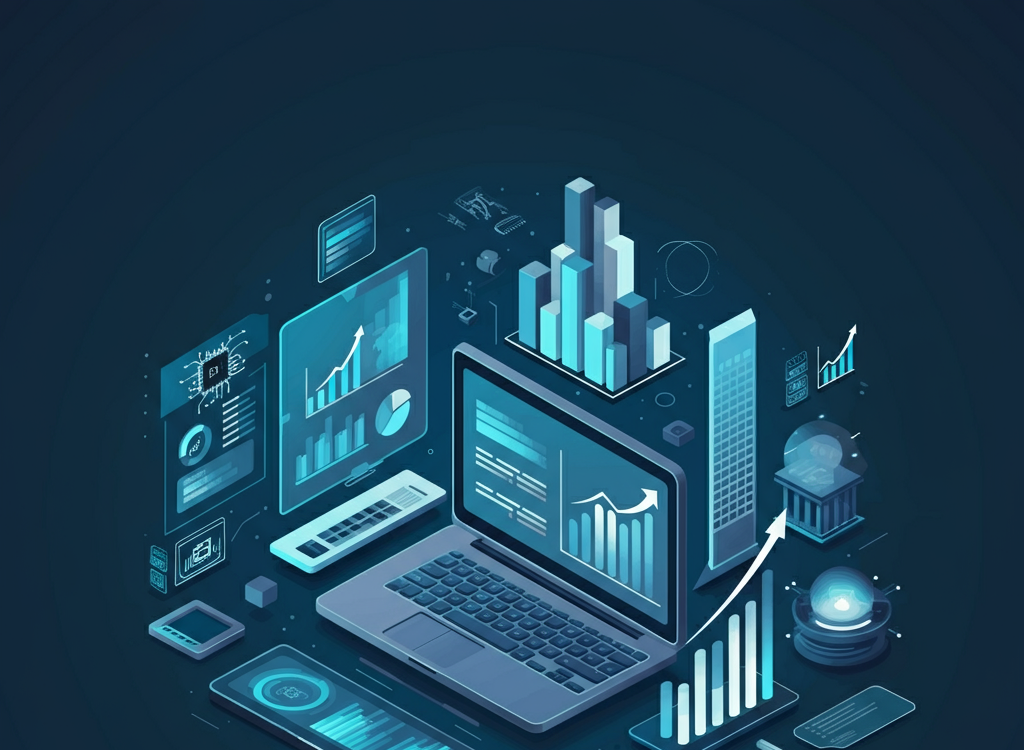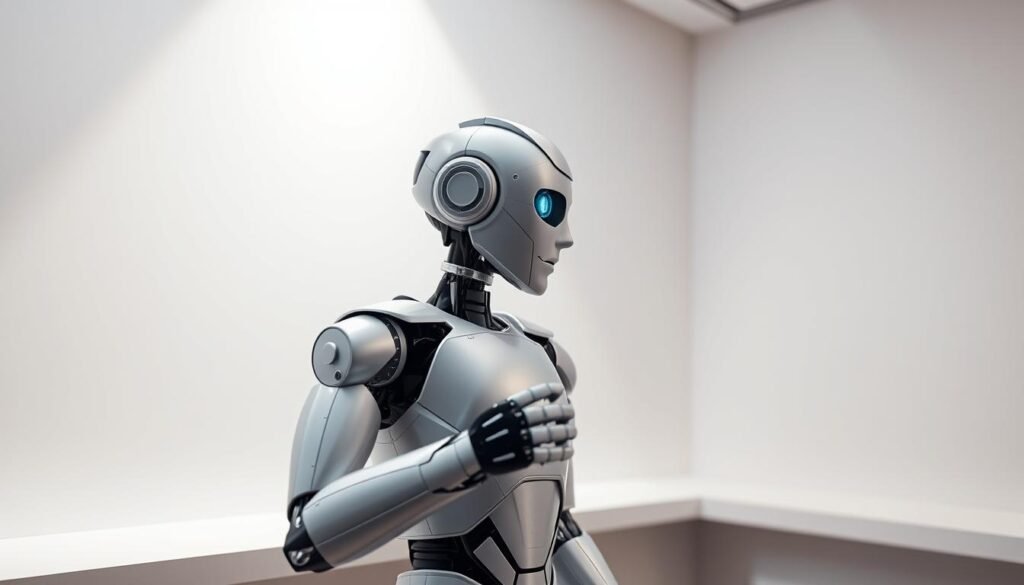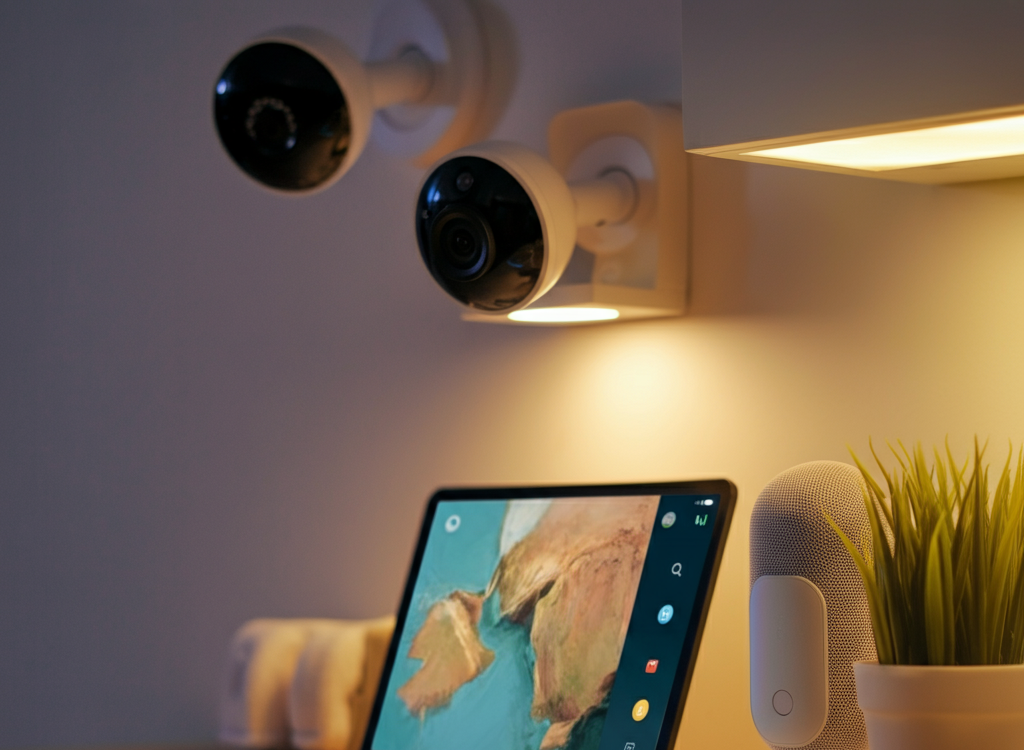The landscape of enterprise management is shifting fast, and nowhere is that more evident than in how companies harness artificial intelligence. For Nusaker, a company with its sights set firmly on tomorrow, AI-driven ERP (Enterprise Resource Planning) systems aren’t just the latest upgrade—they’re the next leap forward. What sets this technology apart isn’t just operational streamlining but the promise of predictive power, meaningful business intelligence, and remarkable adaptability to an ever-changing market. As the need for intelligent, data-driven decisions grows, exploring the ai driven erp systems future of nusaker isn’t just timely—it’s essential.
Below, you’ll find both practical strategies and hard-earned lessons from teams at Nusaker and other industry leaders. The goal: to demystify how these systems work, what makes their adoption succeed or stall, and how they can shape a business—starting today.
Understanding AI-Driven ERP Systems—A New Standard in Business Management
An AI-driven ERP system fuses the robust backbone of traditional enterprise resource planning with cutting-edge artificial intelligence capabilities—think machine learning, natural language processing (NLP), and advanced analytics. Instead of only logging inventory or tracking orders, these platforms can “think ahead,” forecast trends, and automate key business decisions. The distinction is clear: where legacy ERP stops at organization, AI-driven systems leap to optimization.
Take inventory as an example. In a standard ERP, you know what you have and what’s moving. An AI-enhanced platform not only tracks—but predicts—stock-outs, automatically triggers procurement, and flags patterns you might otherwise miss. At Nusaker, with its reliance on efficient, dynamic processes, that advantage can make the difference between being a market leader and falling behind.
How Can AI-Driven ERP Systems Transform Nusaker?
1. Supercharging Operations Through Automation
Implementation of AI-driven ERP systems at Nusaker translates into the automation of time-consuming, repetitive tasks—freeing up your workforce for more valuable problem-solving and creative work. Experienced ERP advisors at Gartner recommend gradually automating core workflows as a best practice (see: Gartner ERP Insights). Here’s what that can look like at Nusaker:
- Dynamic, AI-assisted supply chain management that anticipates bottlenecks.
- Real-time error reduction in finance through data cross-checking and maintenance alerts.
- Automating HR operations such as onboarding and talent acquisition, allowing HR teams to focus on culture and retention.
Expert Tip: Start with one high-impact workflow (for example, invoice validation) and expand. This reduces disruption and delivers quick wins.
2. Smart, Data-Driven Decisions—Predictive Analytics in Action
With vast pools of operational and customer data, AI-driven ERP systems for Nusaker become the “brain” of the business. Sophisticated forecasting engines—endorsed by companies like Microsoft and SAP as mission-critical (SAP AI in ERP)—help Nusaker:
- Forecast product demand months in advance using seasonal patterns and external data.
- Spot operational log-jams or inefficiencies before they hurt performance.
- Refine marketing and inventory tactics based on evolving buyer trends.
Instead of playing catch-up, Nusaker’s teams operate one step ahead—making their planning more resilient and responsive.
Field Insight: If you’re launching your first project, ensure regular model reviews. In-house data analysts should continuously fine-tune algorithms for accuracy.
3. Elevating Customer Experience Through Insightful Personalization
AI-driven ERP systems shine brightest in their ability to personalize customer touchpoints—at scale. Drawing from real case studies in B2B and B2C verticals, we see measurable boosts in loyalty and repeat purchases:
- Smart recommendations tailored to customer history and preferences—using AI, not just filters.
- 24/7 customer care agents (chatbots) that resolve over 70% of queries autonomously (Source: IBM Chatbot Trends).
- Proactive retention tools that identify high-risk churn segments, letting managers intervene and retain accounts.
For Nusaker, this isn’t about technology for technology’s sake—it’s about building trust, deepening relationships, and removing friction from every step of the customer journey.
Pro Recommendation: Use AI-driven segmentation for marketing. Small tweaks (A/B tests, subject lines, send times) can yield outsized results over static lists.
4. Empowering Agile Decisions with Real-Time Data
Traditional ERP reports are static snapshots. In contrast, AI-driven ERP systems offer dynamic dashboards, enabling Nusaker’s decision-makers to react swiftly to internal or market changes. Outdated data is the enemy of agility, and with these tools, teams can:
- Monitor promotions and campaigns as they unfold, experimenting and pivoting as new information comes in.
- Identify operational trends—positive or negative—before they become deep-seated issues.
- Track company-wide KPIs in real time, fostering ownership and transparency across all departments.
Practical Note: Assign dashboard “owners” within each business unit. When someone is responsible for insights, action follows more quickly.
Tackling the Challenges of AI-Driven ERP System Adoption
Of course, no transformation is without friction. Throughout Nusaker’s own evolution and observing hundreds of global deployments as cited in the Harvard Business Review, these are the most common hurdles when pursuing the ai driven erp systems future of nusaker:
1. Investment Hurdles and ROI Uncertainty
AI-powered platforms demand up-front investment in software, infrastructure, and talent. For mid-sized teams, budget conversations can derail projects.
Expert Solution: Roll out core AI functions in a modular fashion—document incremental ROI at each step and adjust based on measurable outcomes.
2. Integrating New with Old—Legacy System Compatibility
Legacy core systems are deeply entrenched. Ripping and replacing is rarely feasible or justified. Integration, however, is possible with smart API management and phased rollouts.
Industry Guidance: Choose platforms that are known for integration (e.g., Microsoft Dynamics, NetSuite) and avoid “closed” proprietary add-ons.
3. Cultural Barriers—Change Management and Employee Buy-In
Resistance is human. Anxiety over job security and the complexity of new systems can slow or stop adoption cold. Trust is built through transparency—and honest communication about the benefits and opportunities these platforms bring.
Best Practice: Launch robust training, publish success stories internally, and involve key team members early—make them champions, not bystanders.
4. The Data Dilemma—Privacy, Compliance, and Quality Concerns
AI solutions thrive on data, yet that brings its own risk. From GDPR to SOC 2, compliance is table stakes. Regular security assessments and clear governance are non-negotiable.
Security Checklist: Always assess vendors for encryption, compliance certifications, and their willingness to undergo independent audits.
The Road Ahead: Future Trends Shaping AI-Driven ERP Systems at Nusaker
Looking at the horizon of the ai driven erp systems future of nusaker, a few trends stand out as game changers:
1. Advanced Personalization with Adaptive Interfaces
Expect ERPs that shape themselves to each user’s role, learning from usage patterns to surface the most relevant data and workflows every time they log in.
2. IoT and Edge Computing Integration
Sensor data from the production floor or shipping partners will feed directly into the ERP, closing information loops in ways previously unimaginable.
3. Built-in Sustainability Analytics
Tomorrow’s systems will track environmental impacts alongside financials—think live carbon dashboards and automated ESG reporting mandated by regulators and stakeholders alike.
4. End-to-End Supply Chain Transparency via Blockchain
Blockchain solutions unlock secure, transparent supply chains—from source to shelf—which strengthens trust with partners and consumers. Leading ERPs are already piloting this (see: Oracle’s ERP Roadmap).
Conclusion: Nusaker’s Competitive Edge Lies in Intelligent Transformation
The ai driven erp systems future of nusaker is more than theory—it’s the intersection of vision, proven methodology, and bold adaptation. By adopting AI-driven ERP systems, Nusaker isn’t simply following a trend; it’s setting a precedent in digital excellence. The key isn’t just to “buy software”—it’s building a foundation of continuous learning, empowered teams, and informed leadership.
If you’re ready to explore what an AI-driven ERP future might look like for your own team—or want to see more best practices from Nusaker’s journey—let’s start a conversation. The opportunities are real, the pitfalls can be managed, and the rewards are for those who act decisively in shaping their organization’s future.




